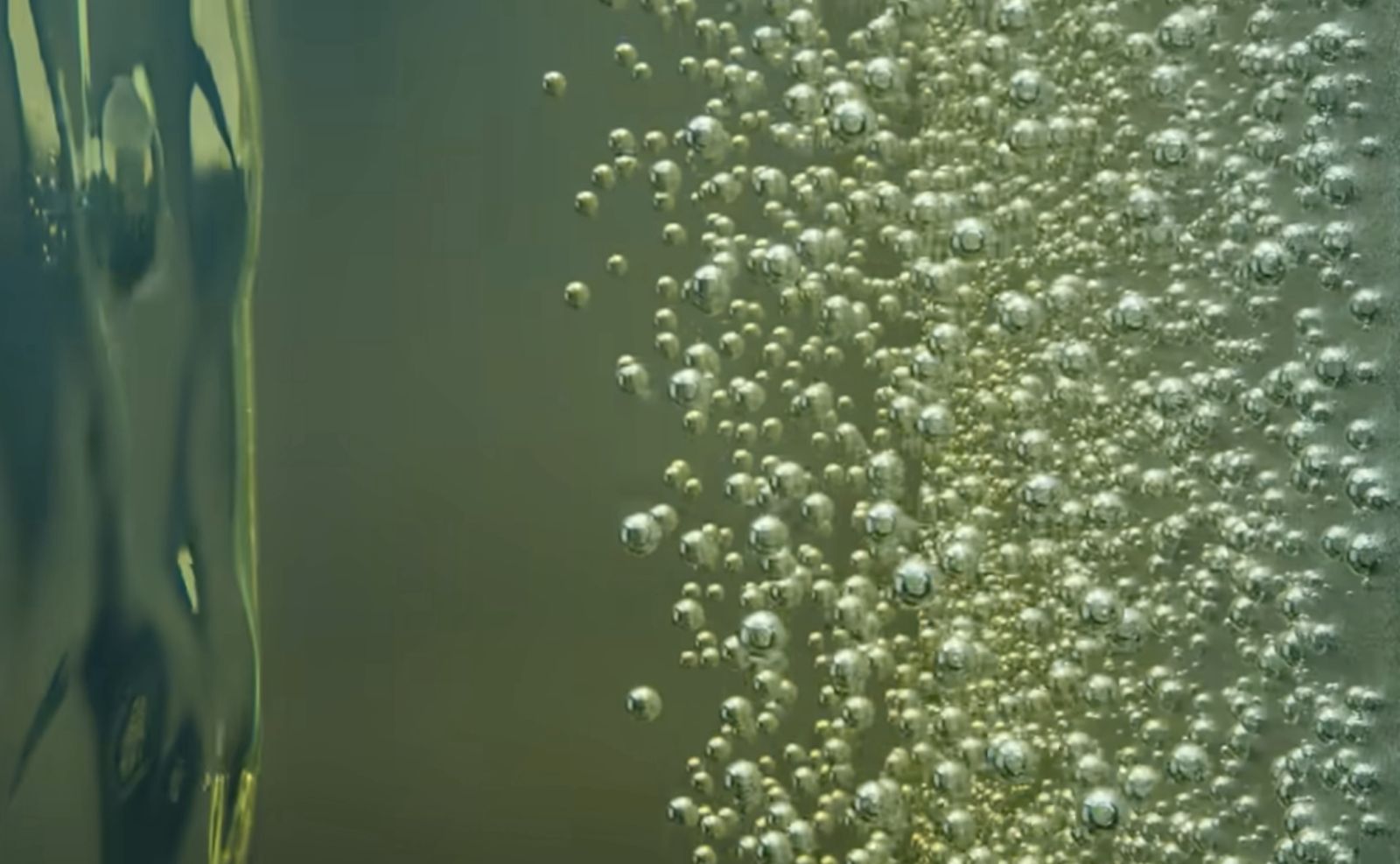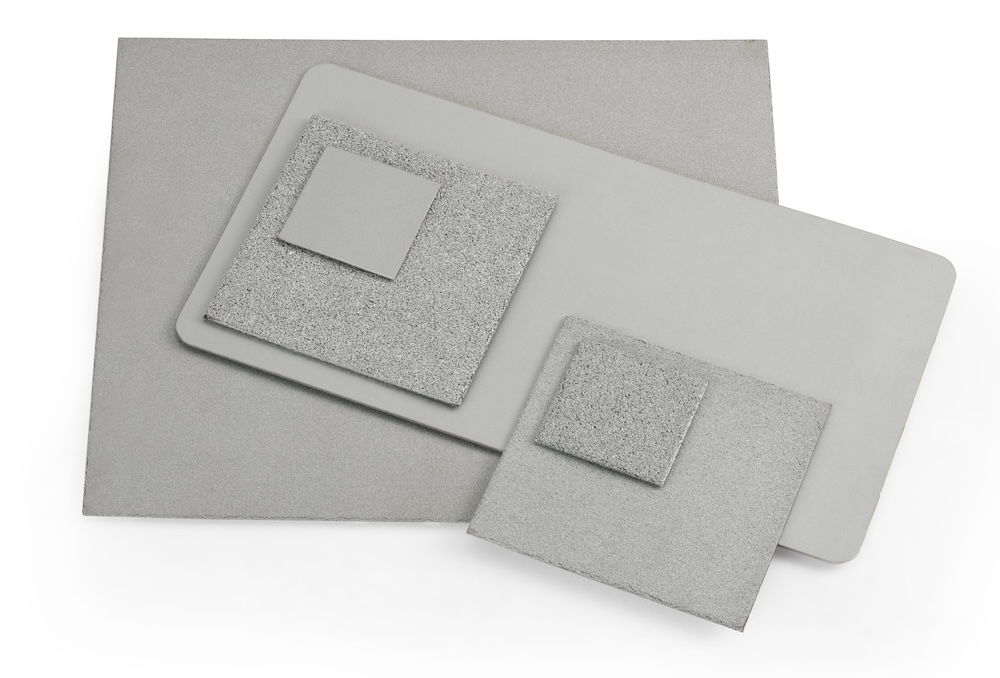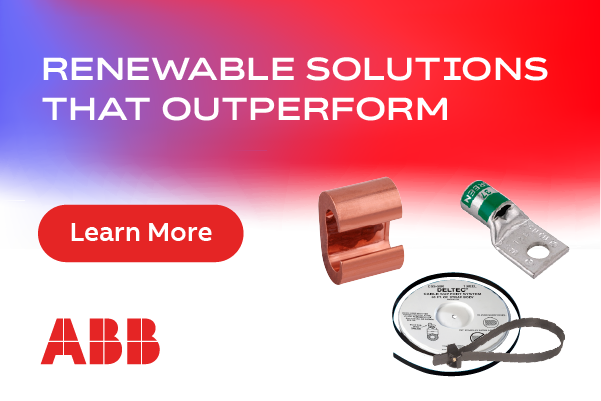Clean Energy Trends for 2025: Advancements in electrolyzer technology
For manufacturers looking to spearhead our sustainable energy future, electrolyzers represent an attractive — albeit elusive — solution to the need for efficient green energy production. Attractive because electrolyzers have been deemed by experts as a promising technology toward achieving “carbon peak and neutrality” goals.[1] Elusive because the costs required to mass produce and operate electrolyzers have thus far served as a deterrent to substantial investments in the market. However, although short-term solutions have proven to be economically viable, they are unable to meet long-term energy demand.

Recent developments suggest the viability of large-scale green hydrogen production might be closer than we think. As a source of energy storage, electrolyzers were largely overlooked until the 1990s; however, a 90 percent reduction in uninstalled capital costs over the last 20 years has been met with new R&D investments.[2] These investments underscore the economic potential of electrolyzers, while recent advancements in electrolyzer technology are poised to drive down costs, improve overall efficiency, and extend the lifespan of electrolyzers. As a result, it is no longer a stretch to believe electrolyzers could be the key to a sustainable energy future.
Key electrolysis advancements
Implementation of Thinner Membranes: Arguably, the path to more affordable and efficient electrolyzers lies in optimizing their porous transport layers (PTLs). PTLs assist in four key electrolyzer processes: thermal/electrical conduction, mechanical support, pathways for both reactant liquid water delivery to the catalyst layer, and effective gas removal from the reaction sites to the outlet. Thinner membranes are critical because they help with faster ionic transportation, and thereby increase the electrolyzer’s hydrogen production rate.
It is no surprise, then, that experts have speculated that thinner membranes allow electrolyzers to produce 150 percent more hydrogen or run at 10 percent lower energy consumption than conventional designs.[3] Additionally, experts have observed higher electrolyzer performance with perforated titanium sheets as opposed to conventional felt materials.[4]Manufacturer investment in PTL research and development has found similar results, leading to the creation of titanium PTLs (titanium sheets) as thin as .010″. Ultimately, these surface-engineered porous titanium sheets ensure optimal anode catalyst utilization, enhanced reactant transport, and protection for thin membranes — all of which lower the net cost of electrolysis products such as hydrogen.
Reduced Precious Metal Coatings and Catalysts: To combat the deterioration of porous transport layers, manufacturers utilize precious metal coatings to protect internal components from corrosion and prevent passivation of titanium. However, due to complex operating conditions, there are few materials that are as effectively stable as platinum group-metal coatings. This puts manufacturers in a bind. On the one hand, efficient PTLs are essential for the viability of electrolyzers and hydrogen production (as demonstrated in the need for thinner membranes). On the other hand, these precious metals are a key driver of cost, making the development of reduced metal coatings critical for the long-term viability of electrolyzers.

The introduction of titanium sheets allows manufacturers to approach precious metal coatings in a new way. A recent study found that, instead of utilizing platinum coatings, very thin layers of iridium can be sprayed onto titanium PTLs.[5]This creates a homogenous layering that increases electrical conductivity while lowering platinum group-metal costs. With reduced-iridium coatings and titanium PTLs, electrolyzers become substantially more cost effective.
Optimization of Cell Design: If designed efficiently, electrolyzers are comprised of a high number of cells placed on top of one another to create a stack. The more cells that are included in a stack leads to a larger volume of hydrogen gas produced by the electrolyzer. For this reason, cells must be designed both for the optimization of the cell as well as how it interacts with the other cells in the stack. The final key to transforming green hydrogen availability, therefore, depends on improving electrolyzer cell design.
Understanding the importance of cell design efficiency, research teams have been investigating how to optimize cell composition. Researchers at the Los Alamos National Laboratory, for example, discovered that a grooved electrode structure provides up to 50 percent higher performance than current electrode designs.[6] They also found that these electrodes provide improved durability, thereby reducing long-term capital costs. Another team of researchers focused on improving the efficiency of transport within the cell, which led to the development of a novel alkaline water-splitting electrolyzer.[7] What these findings demonstrate is that cell design remains an under-researched component of improving electrolyzer production, along with the fact that significant gains can still be had.
Conclusion
The advancements presented here represent the most promising developments for realizing the future of mass-produced hydrogen. These developments are especially critical given that the demand is already present: Deloitte has predicted that the green hydrogen market will grow from a $185 billion market to a $1.4 trillion market in 2050, which represents a more than 600 percent increase.[8] As we have observed, this market increase is poised to coincide with the reduction of electrolyzer costs — the crucial point for manufacturers. With improved efficiency and extended lifespans, electrolyzers are set to heavily contribute to our green energy future; we are standing on the precipice of a transformational opportunity. From this vantage point, it seems clear that those who are willing to take the risk of expenditure stand to reap a significant gain.
Dr. Alex Papandrew is Sr. Program Manager – Clean Energy, and Matt Behrns is VP & GM – Clean Energy and Marketing, at Mott Corporation.
Mott Corporation | mottcorp.com
[1] Mo, S., L Du, Z Huang, et al. “Recent Advances on PEM Fuel Cells: From Key Materials to Membrane
Electrode Assembly.” Electrochemical Energy Reviews 6, no. 28 (2023): 27.
[2] Rep. Historical Cost Reduction of PEM Electrolyzers. Washington D.C.: Department of Energy, 2022: 2.
[3] Thomassen, Magnus. “Revolutionising PEM Electroysers.” Global Hydrogen Review 3, no. 8 (2014): 54.
[4] Weber, Carl Cesar, et al., “On the Role of Porous Transport Layer Thickness in Polymer Electrolyte Water Electrolysis,” Journal of Power Sources Advances 15 (May 2022), 1.
[5] Liu, Chang, et al., “Performance Enhancement of PEM Electrolyzers through Iridium-Coated Titanium Porous Transport Layers,” Electrochemistry Communications 97 (December 2018): 96.
[6] Li, Fajun, et al., “Novel Water-Splitting Electrolyzer Design Incorporating a Gas Diffusion Electrode and a Gel Membrane for Highly Efficient Hydrogen Production,” Langmuir 40, no. 32 (2024): 1.
[7] H. Faqeeh, Abdulhai and Mark D. Symes, “A Standard Electrolyzer Test Cell Design for Evaluating Catalysts and Cell Components for Anion Exchange Membrane Water Electrolysis,” Electrochimica Acta 444 (March 2023): 1.
[8] Rep. Green Hydrogen: Energizing the Path to Net Zero. New York, New York: Deloitte, 2023: 41.
Author: Dr. Alex Papandrew and Matt Behrns
Volume: 2025 January/February








